- Fires
- Map of the Week
Map of the Week: Forest and Land Fires in Siberia Turn Deadly
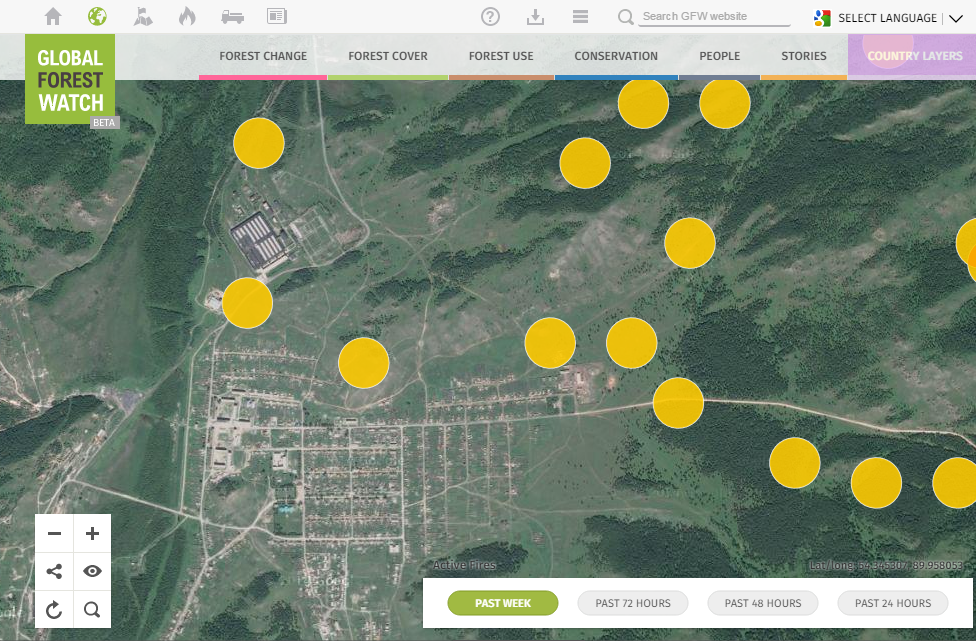
NASA Active fire points indicating detailed information about individual fire hotspots
Forest and brush fires claimed at least 29 lives last week in the southeastern Siberian province of Khakassia, Russia. Thousands more have been displaced from their homes by the encroaching flames. According to news reports, the fires may have been started by local farmers burning their fields. Strong winds may have caused the fires to burn out of control. The fires are large enough to be detected by NASA satellites and viewed on Global Forest Watch.
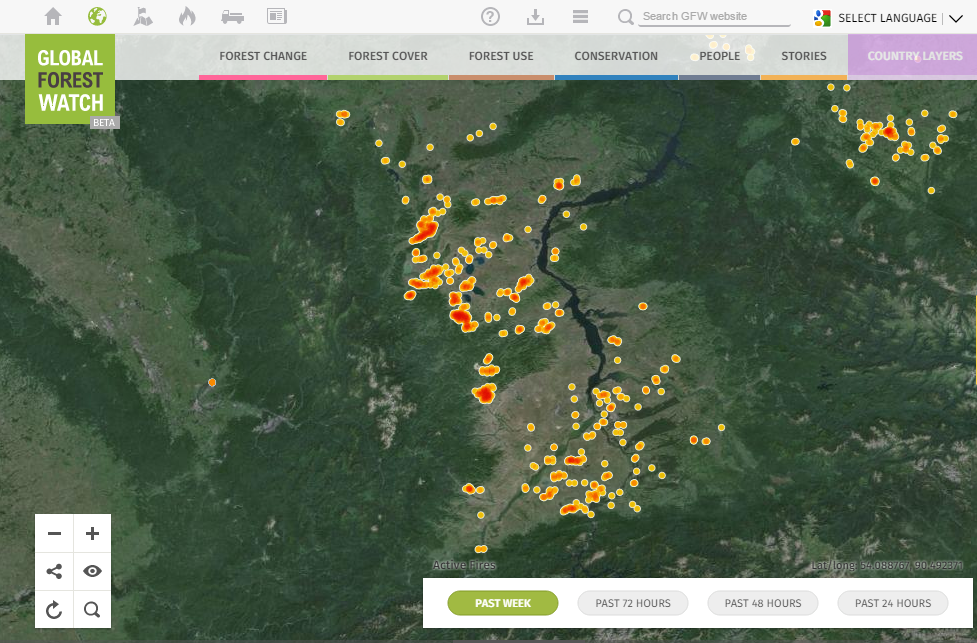 NASA active fire data showing the largest fires from the last week. Red indicates denser clusters of fires.
NASA active fire data showing the largest fires from the last week. Red indicates denser clusters of fires. Fires burn in the forests surrounding the town of Tuim, Siberia, and encroach into the town itself.
Fires burn in the forests surrounding the town of Tuim, Siberia, and encroach into the town itself.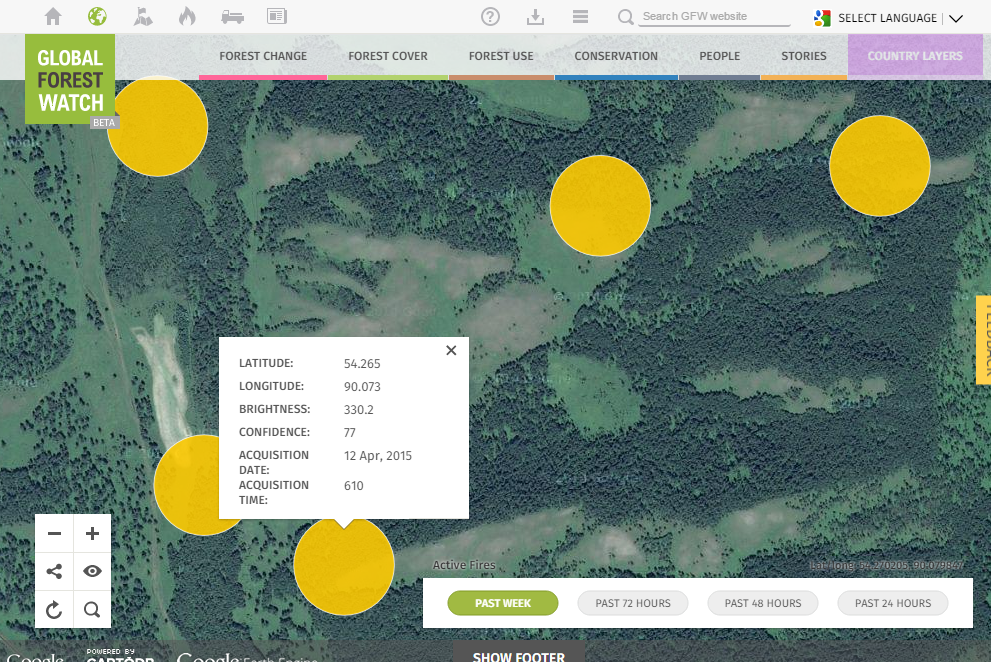 NASA Active fire points indicating detailed information about individual fire hotspots.
NASA Active fire points indicating detailed information about individual fire hotspots.The fires come on the heels of recent analysis by Global Forest Watch of data from the University of Maryland and Google that show a steep increase in tree cover loss from fires in Russia in recent years. Dimitry Aksenov, the director of Russian NGO Transparent World and GFW partner, was quoted in the Guardian, “In Russia, according to official statistics and to experts, the dominant amount of fires are caused by humans.” As many as 90-95% of fires in Russia are ignited by human interventions.”
Explore More Articles

Map of the Week: Tracking Logging Roads in the Congo Basin
By Sofia Soto Reyes Western Lowland Gorilla (in captivity). Source: Heather Paul (Flickr). License available here. Located in western equatorial Africa is a vast expanse of green that blankets six Congo Basin countries: Cameroon, Central African Republic, Equatorial Guinea, Gabon, Democratic Republic of the Congo and Republic of the Congo. Second only to the Amazon rainforest […]
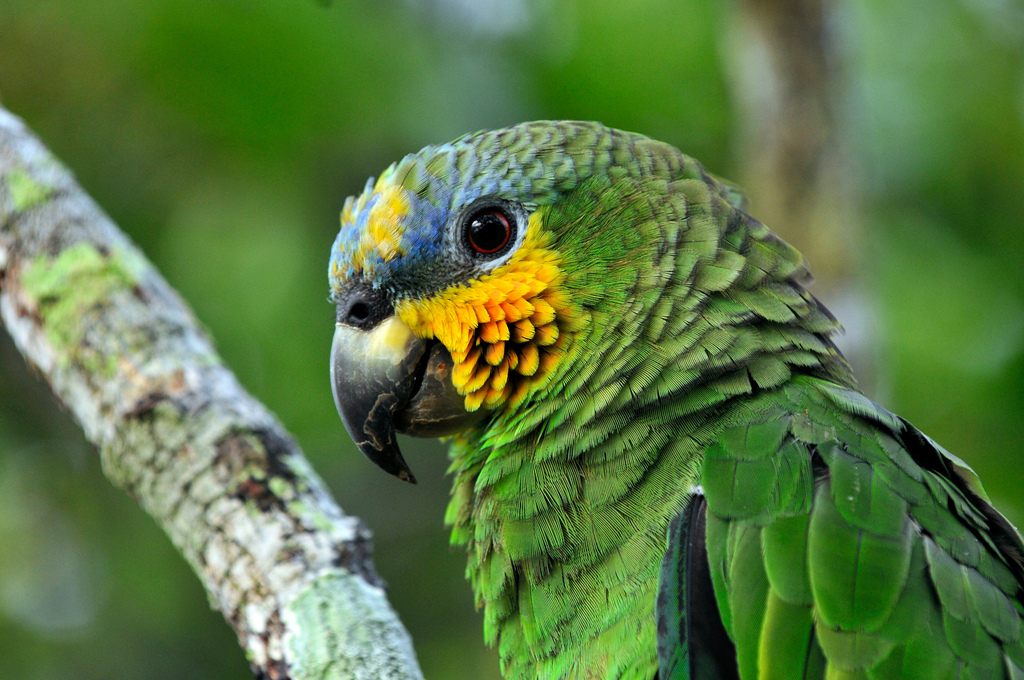
Map of the Week: GLAD Alerts show recent loss in Brazil’s Jamanxim National Park
By Sofia Soto Reyes Parrot in the Amazon, Brazil. Source: Neil Palmer/CIAT for Center for International Forestry Research (CIFOR/Flickr). License available here. The Amazon Rainforest is home to one-tenth of all plant and animal species on the planet and produces one-fifth of all the oxygen we breathe. Monitoring and protecting such a rich natural resource […]
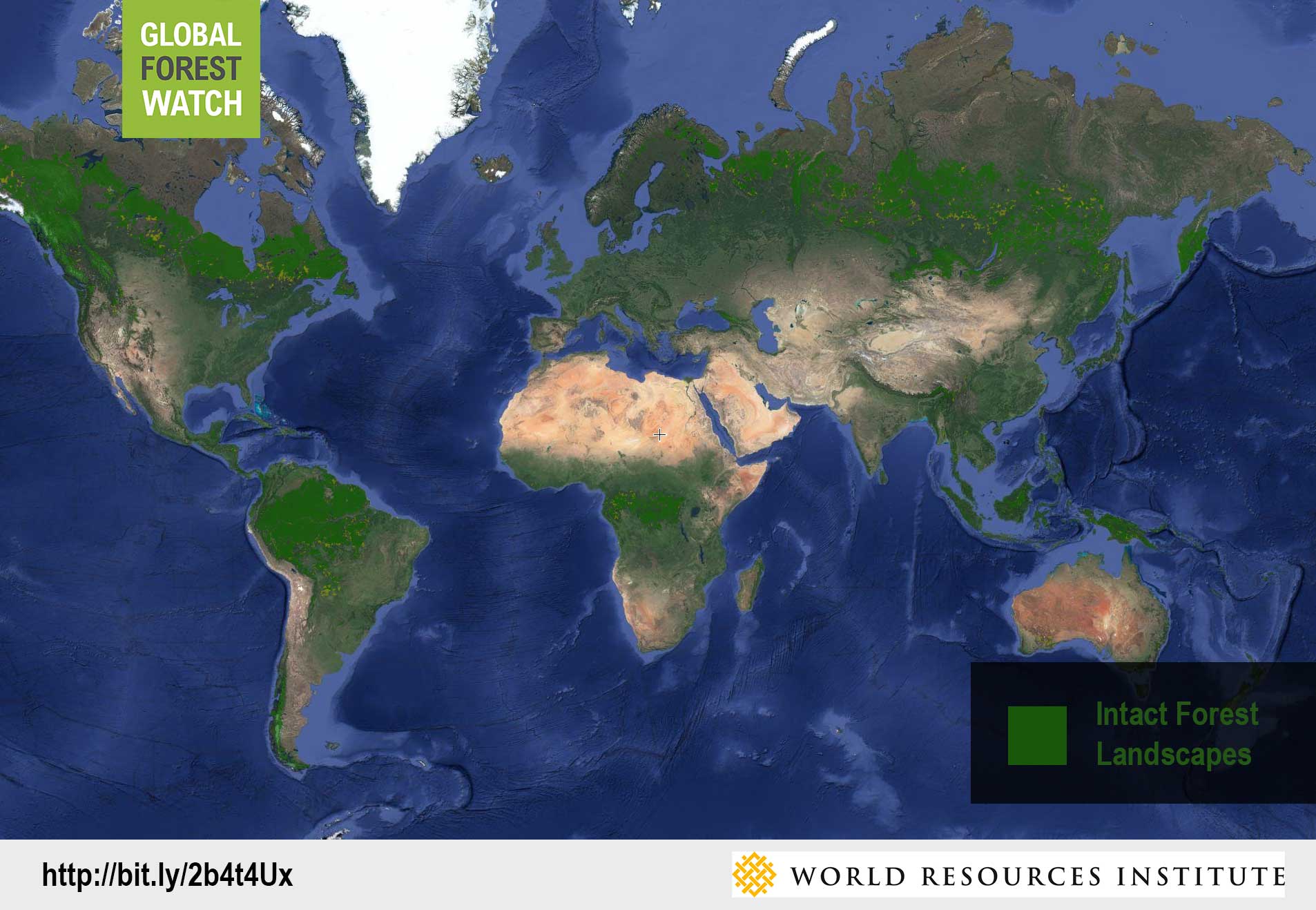
Map of the Week: Using GLAD Alerts to monitor Intact Forest Landscapes in Peru
By Sofia Soto Reyes Peru ranks as one of the ten most biodiverse countries on the planet, with more than half of its territory made up of the Amazon Rainforest. The Ucayali region, named for the Ucayali River, which serves as the main mode of transport for Peru’s timber trade, flows through a part of the Peruvian Amazon that is designated as an Intact Forest Landscape (IFL). Global Forest Watch’s Intact Forest Landscapes layer displays the extent of world’s last remaining undisturbed forests, […]